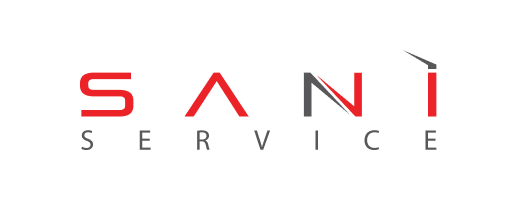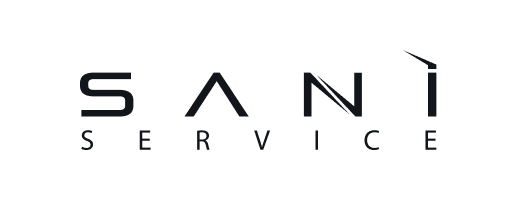The Page Has Moved...
The Page you were looking for has moved. Browse our Divisions below to find what you are looking for. Or contact us at 04 321 5505 / hello@saniservice.com for help.
Air Division
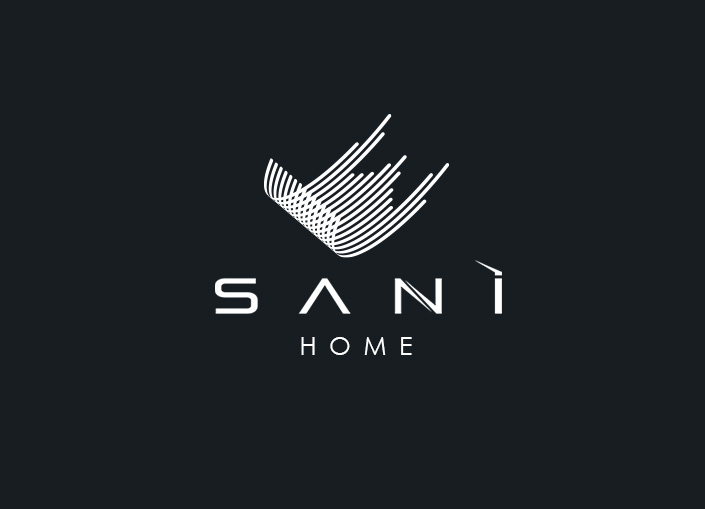
Residential AC Cleaning
Sanihome, Saniservice’s residential AC cleaning and disinfection division since 2009, provides eco-friendly deep sanitization, removing contaminants for healthier air. With expert precision and transparency, it ensures efficiency, hygiene, and long-term value for homeowners.

Corporate HVAC Cleaning
SaniCorp, Saniservice’s corporate HVAC cleaning and disinfection division, creates healthier office spaces by eliminating contaminants, enhancing air quality, and boosting productivity. Our eco-friendly sanitization reduces absenteeism, optimizes workforce performance, and ensures a cleaner, more efficient workplace.
Water Division

Water Tank Cleaning & Disinfection
SaniH2O, the water tank cleaning and disinfection division of Saniservice, offers eco-friendly, Dubai Municipality-certified cleaning and disinfection, ensuring safe, pure water from the tank to your tap.

Water Filtration
Saniwater, Saniservice’s water filtration division, provides advanced whole-house and under-the-sink filtration systems, utilizing cutting-edge technology to ensure pure, safe, and high-quality water for every drop you consume.
Surface Hygiene Division

Pest & Termite Control
SaniEx, Saniservice’s Pest & Termite Control Division, locates infestation sources to reduce chemical use, providing precise, effective pest management that safeguards health and property with targeted, long-lasting solutions.
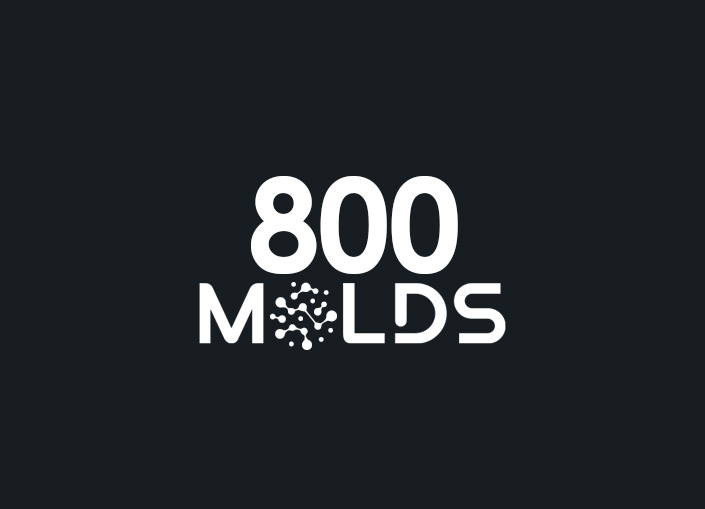
Mold Control
800-MOLDS, the Mold Remediation & Control Department of Saniservice’s Indoor Sciences Division, is a 24/7 rapid response team providing immediate answers to your mold concerns. While remediation services operate during the day, our experts are always online to guide you in preventing mold-related issues until we visit. As the first IICRC and IAC2 certified mold remediation company, we follow strict protocols and offer optional non-chemical remediation solutions.
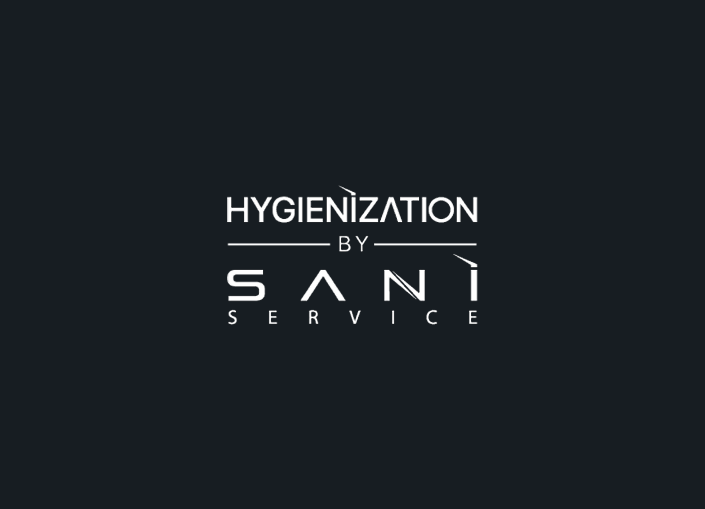
Hygienization Deep Cleaning
Hygienization, the Deep Cleaning division of Saniservice, is deeper, wider, and more surface-specific than regular deep cleaning. It’s the only deep cleaning you need yearly—like a thorough spring cleaning but more advanced.

Surface Disinfection
Sani360, the Surface Disinfection Division of Saniservice, utilizes cutting-edge electrostatic application technology and eco-friendly bio sanitizers, approved by Dubai Municipality, to deliver superior, safe, and effective disinfection solutions for all environments.
Indoor Sciences
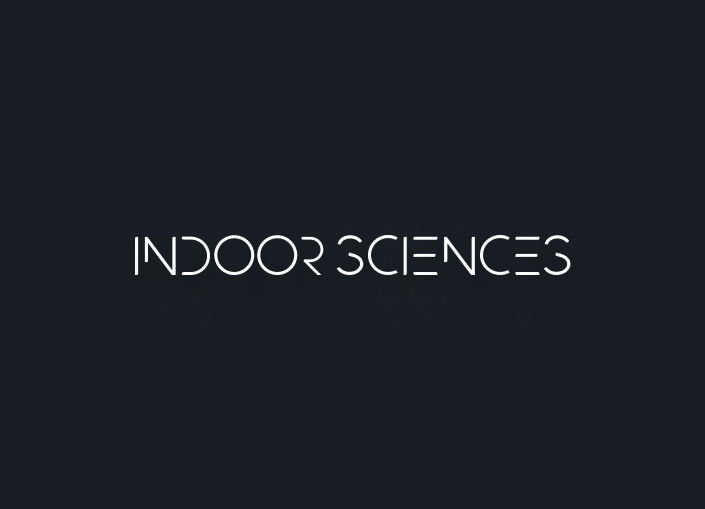
Indoor Sciences
Indoor Sciences, the R&D division of Saniservice, serves as its central laboratory, advancing indoor environmental science. It researches and innovates solutions to control indoor environments, ensuring they become healthier extensions of human well-being through molecular based research, cutting-edge technology, and science backed solutions,
Technical Services Division
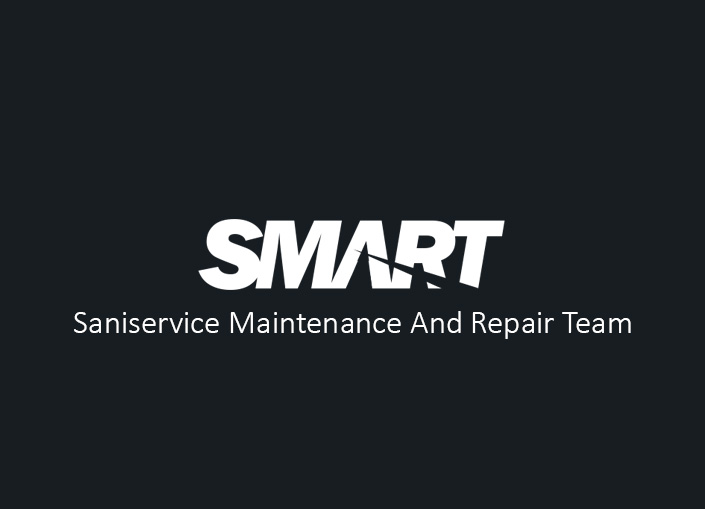
Saniservice Maintenance and RFepair Team
SMART (Saniservice Maintenance and Repair Team) is Saniservice’s engineering division, expertly equipped to swiftly address clients’ technical needs. With rapid response capabilities, SMART ensures seamless maintenance and repair for optimal indoor environments.
Start your journey here.
let's work togetherWe have assembled a team of passionate Industry Experts ready to help you.
Get in touch
Fill up the form and we will make sure it reaches the concerned people.
